The model shows a complex reinforced concrete structure in 3D, including various structural elements such as columns, curved walls, beams, slabs, and openings. This structure impressively demonstrates the possibilities and challenges of modeling concrete structures. The use of curved elements requires advanced techniques. The model also shows the structural interaction between the various structural elements.
| 5 star | ||
| 4 star | ||
| 3 star | ||
| 2 star | ||
| 1 star |
3D Reinforced Concrete Structure with Curved Elements
| Number of Nodes | 29 |
| Number of Lines | 26 |
| Number of Members | 2 |
| Number of Surfaces | 5 |
| Number of Load Cases | 2 |
| Number of Load Combinations | 4 |
| Number of Result Combinations | 2 |
| Total Weight | 223.643 t |
| Dimensions (Metric) | 9.373 x 3.717 x 3.547 m |
| Dimensions (Imperial) | 30.75 x 12.19 x 11.64 feet |
| Program Version | 5.01.00 |
You can download this structural model to use it for training purposes or for your projects. However, we do not assume any guarantee or liability for the accuracy or completeness of the model.




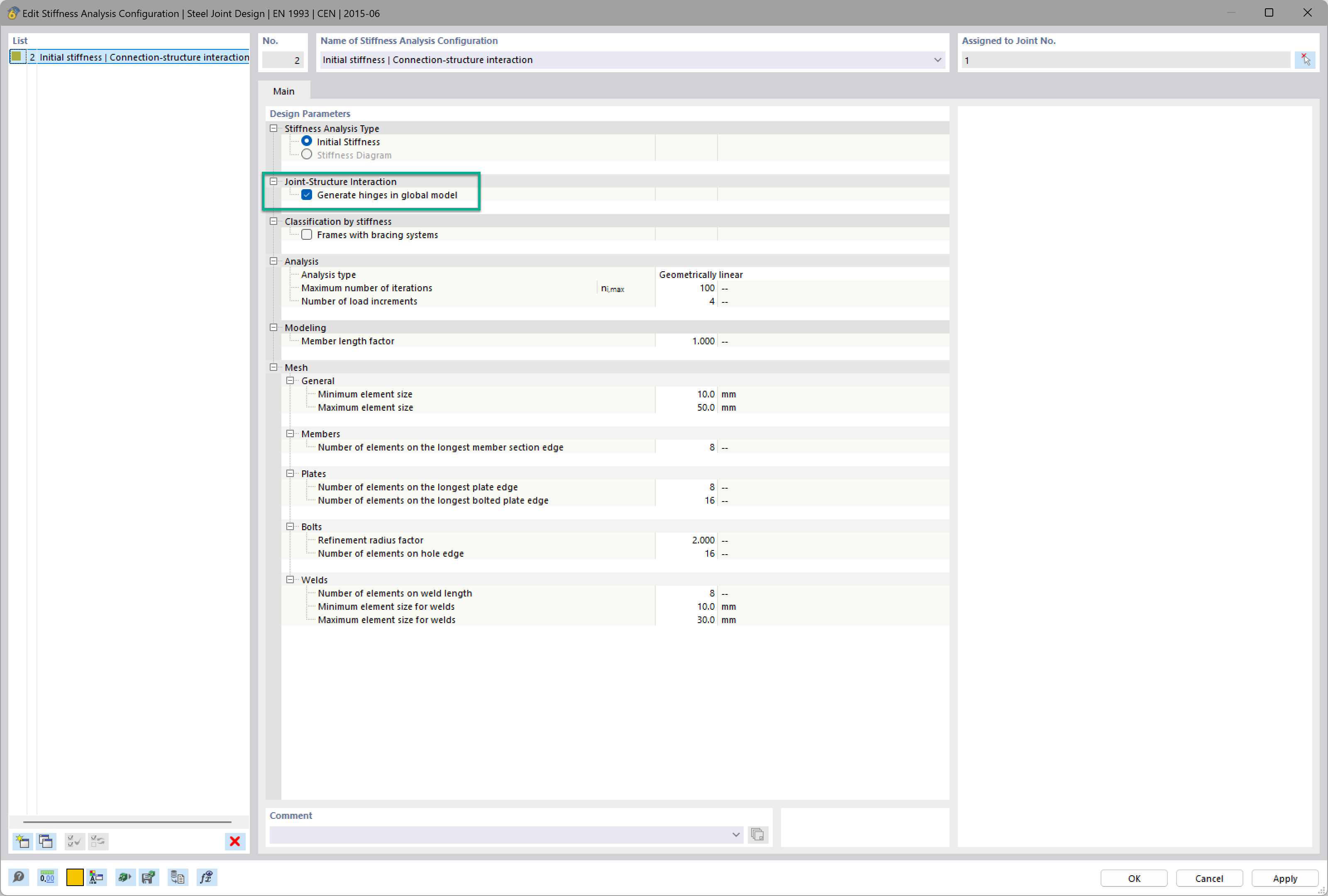
Want to automatically consider steel joint stiffness in your global RFEM model? Utilize the Steel Joints add-on!
Activate joint-structure interaction in the stiffness analysis of your steel joints. Hinges with springs are then automatically generated in the global model and included in subsequent calculations.

In the ultimate configuration of the steel joint design, you have the option to modify the limit plastic strain for welds.
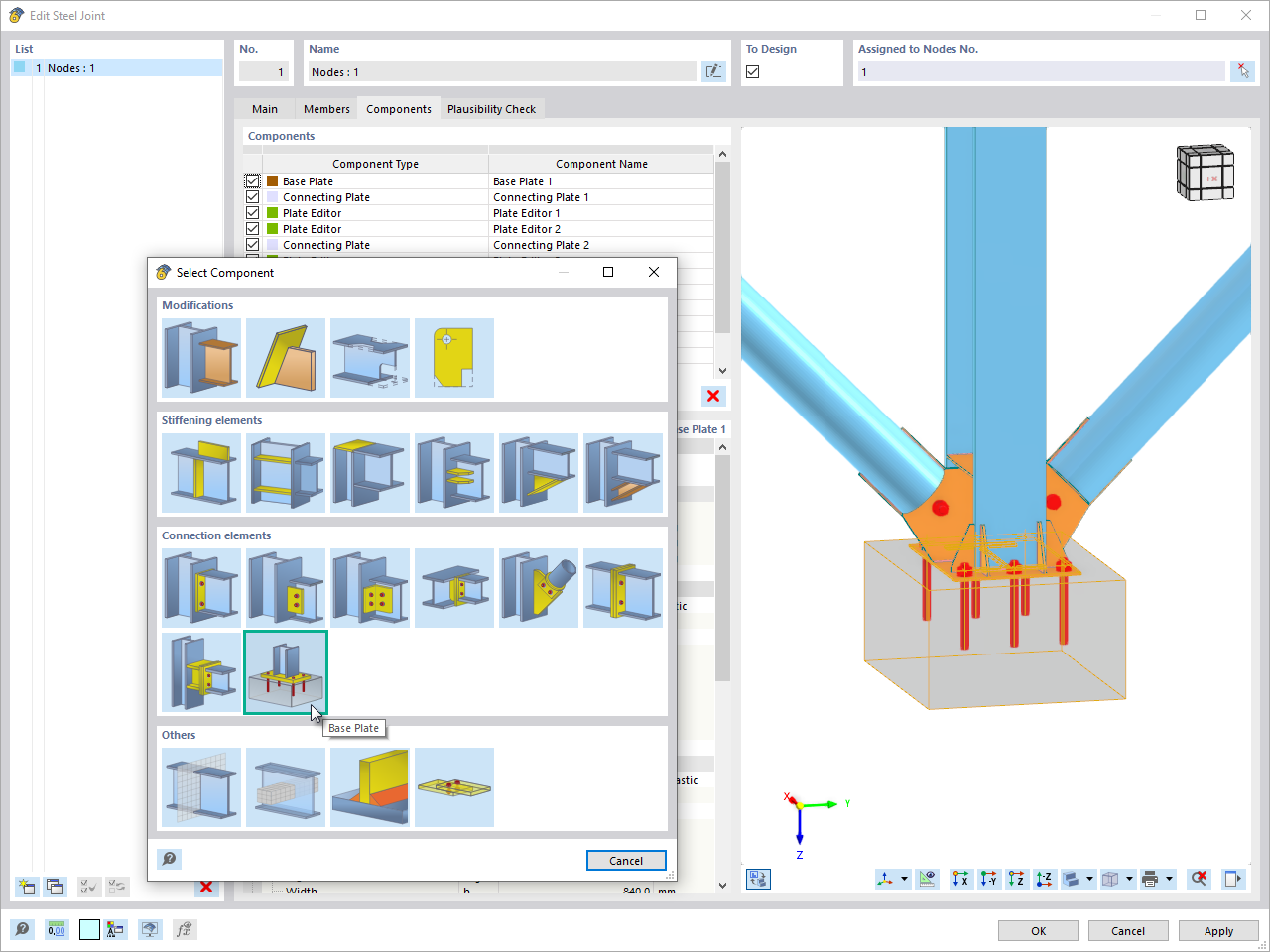
The "Base Plate" component allows you to design base plate connections with cast-in anchors. In this case, plates, welds, anchorages, and steel-concrete interaction are analyzed.
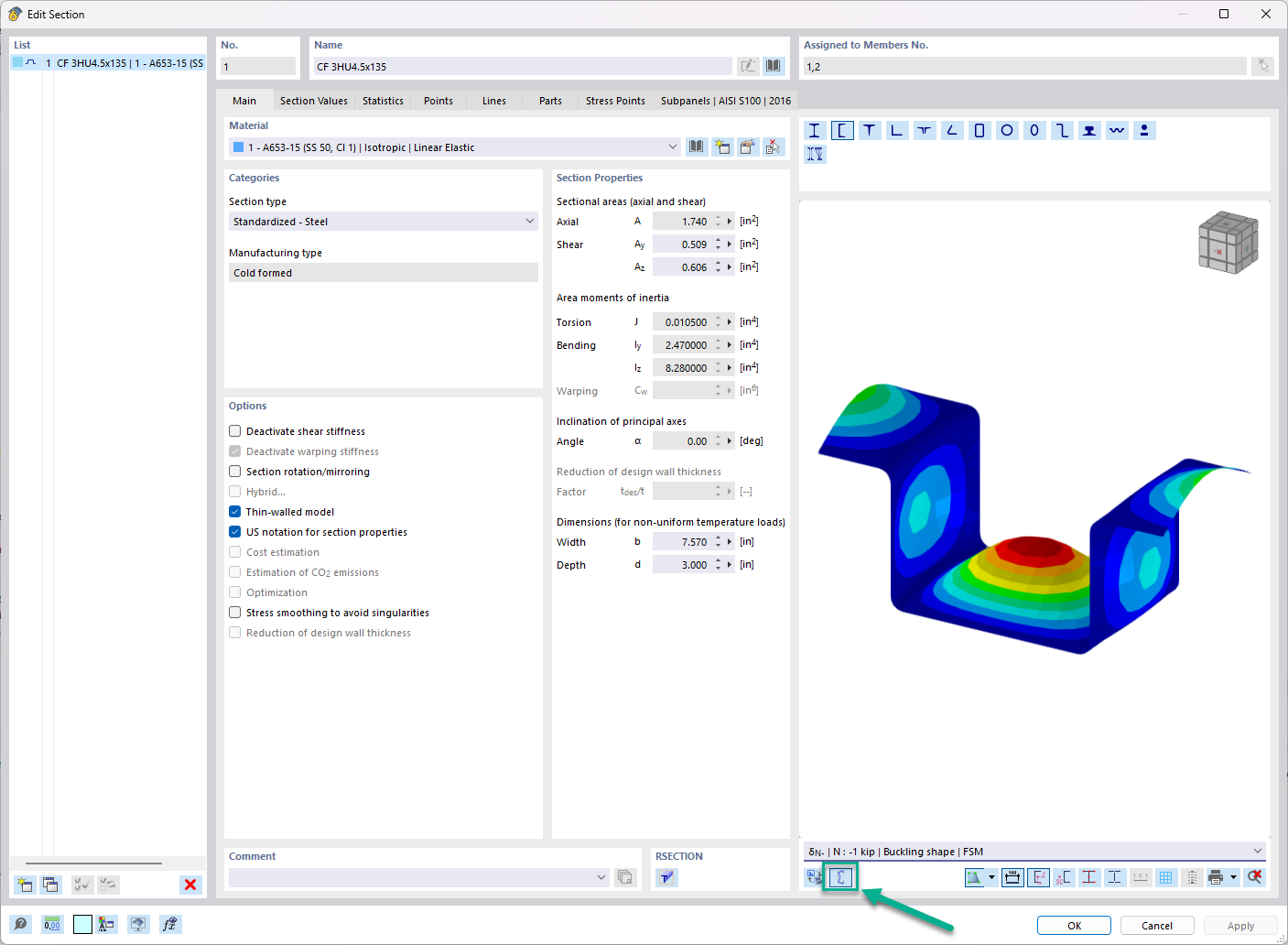
In the "Edit Section" dialog box, you can display the buckling shapes of the Finite Strip Method (FSM) as a 3D graphic.
What could be the reason?












,_LC1__LI.jpg?mw=350&hash=d5094e5e08f06adf09ec37d550e00fd357782bec)
,_LC1__LI.jpg?mw=350&hash=6ed041c2883863d5ca78996c15f07c7d24cb0baf)
,_LC1__LI.jpg?mw=350&hash=6ed041c2883863d5ca78996c15f07c7d24cb0baf)
,_LC1__LI.jpg?mw=350&hash=6ed041c2883863d5ca78996c15f07c7d24cb0baf)
,_LC1_LI.jpg?mw=350&hash=871f19dacc172cbb19cbdefc7c490c9db999ca2b)

















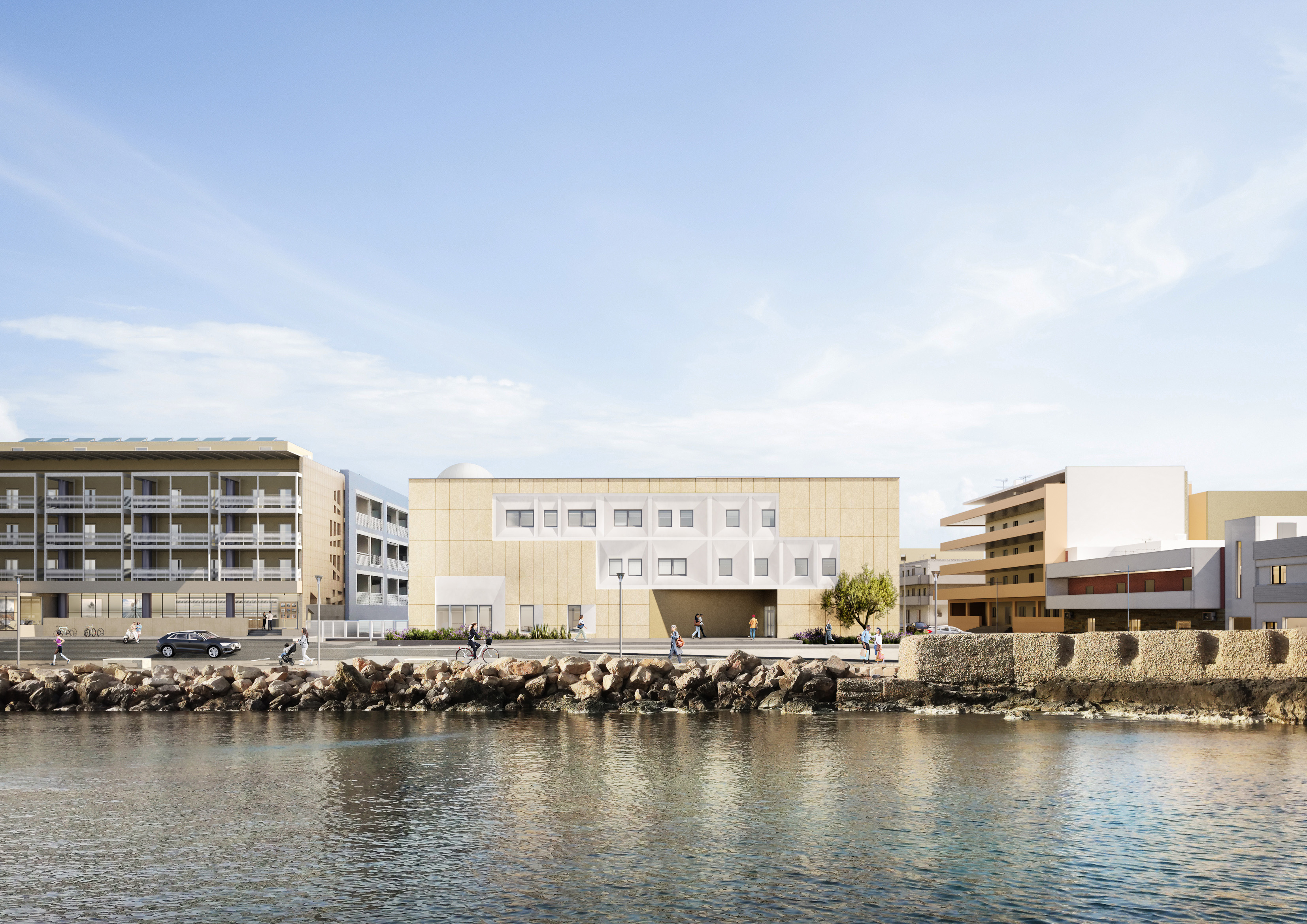_1.jpg?mw=350&hash=ab2086621f4e50c8c8fb8f3c211a22bc246e0552)





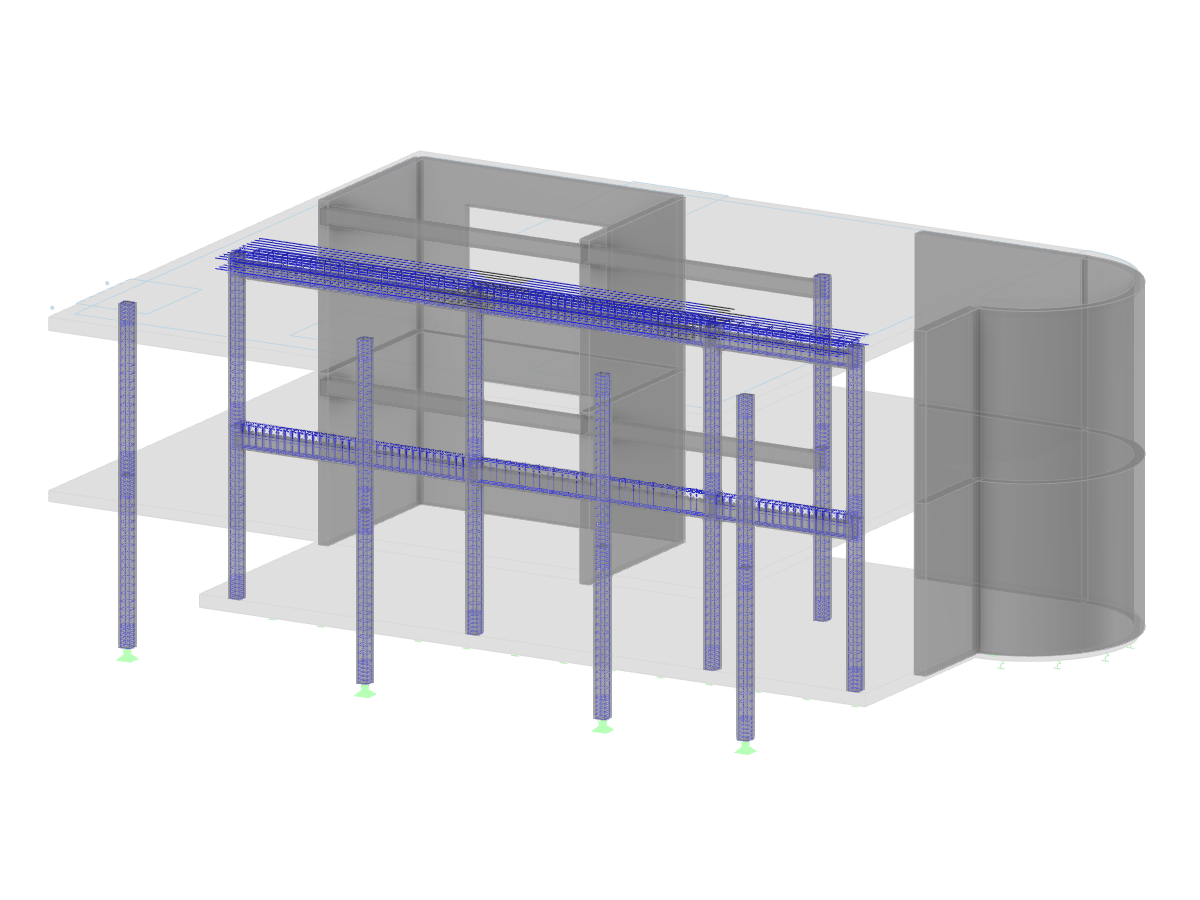
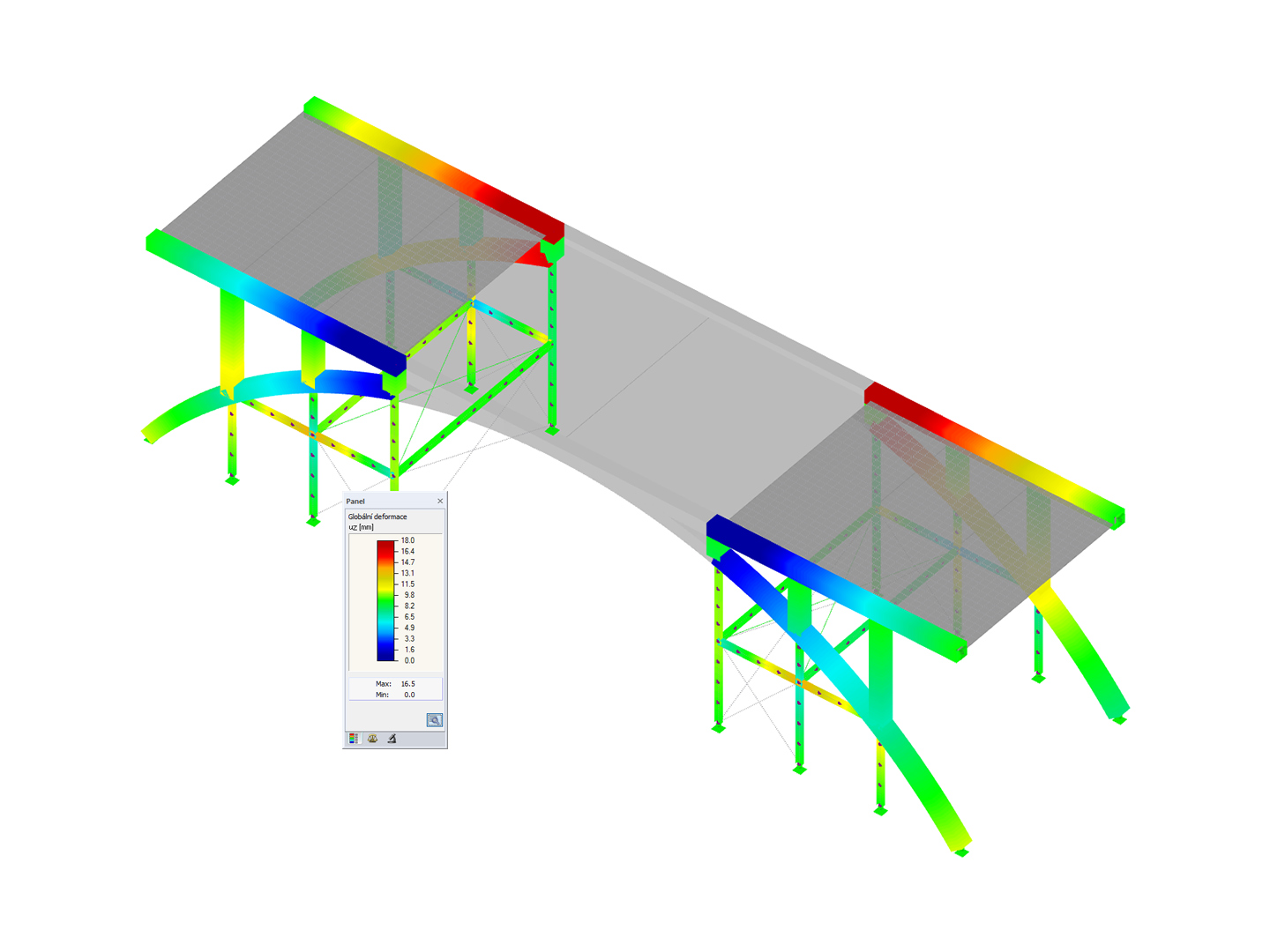
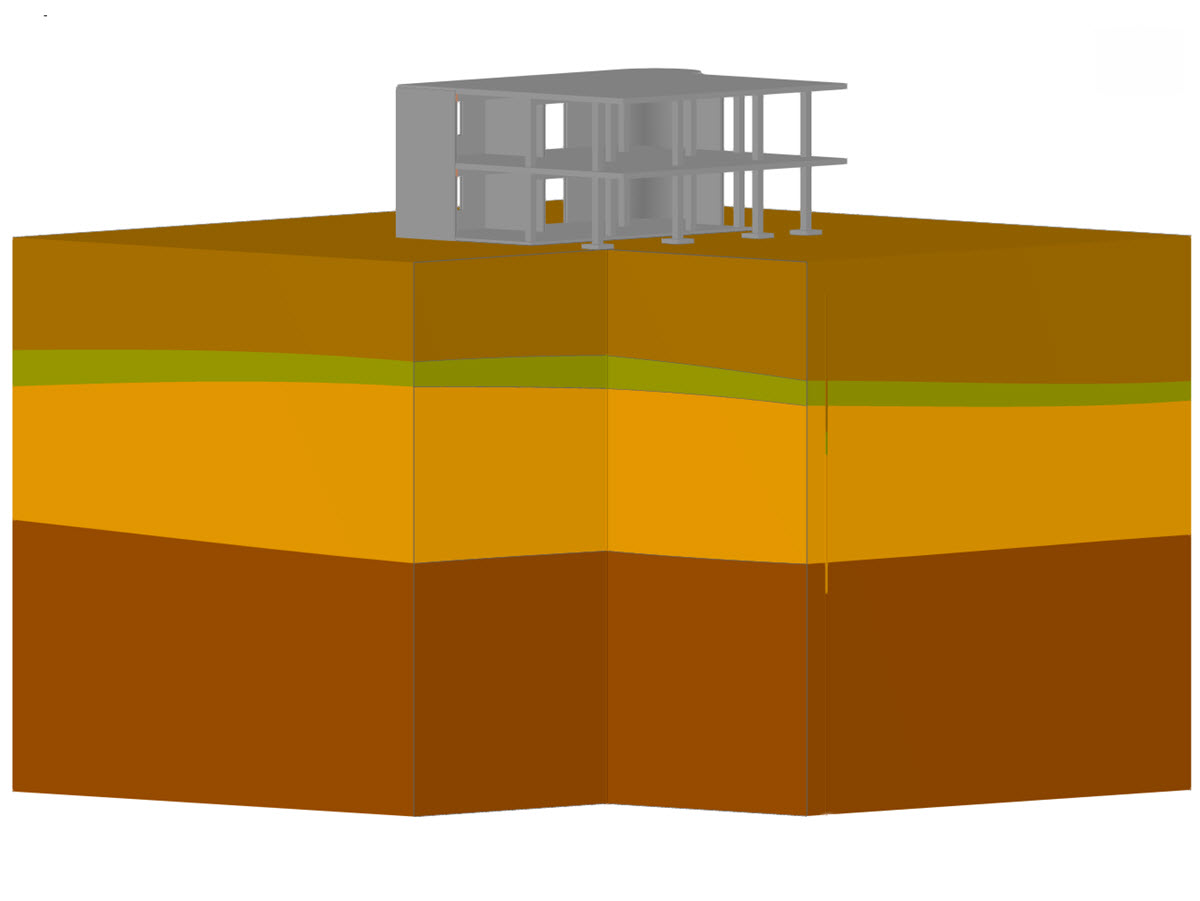
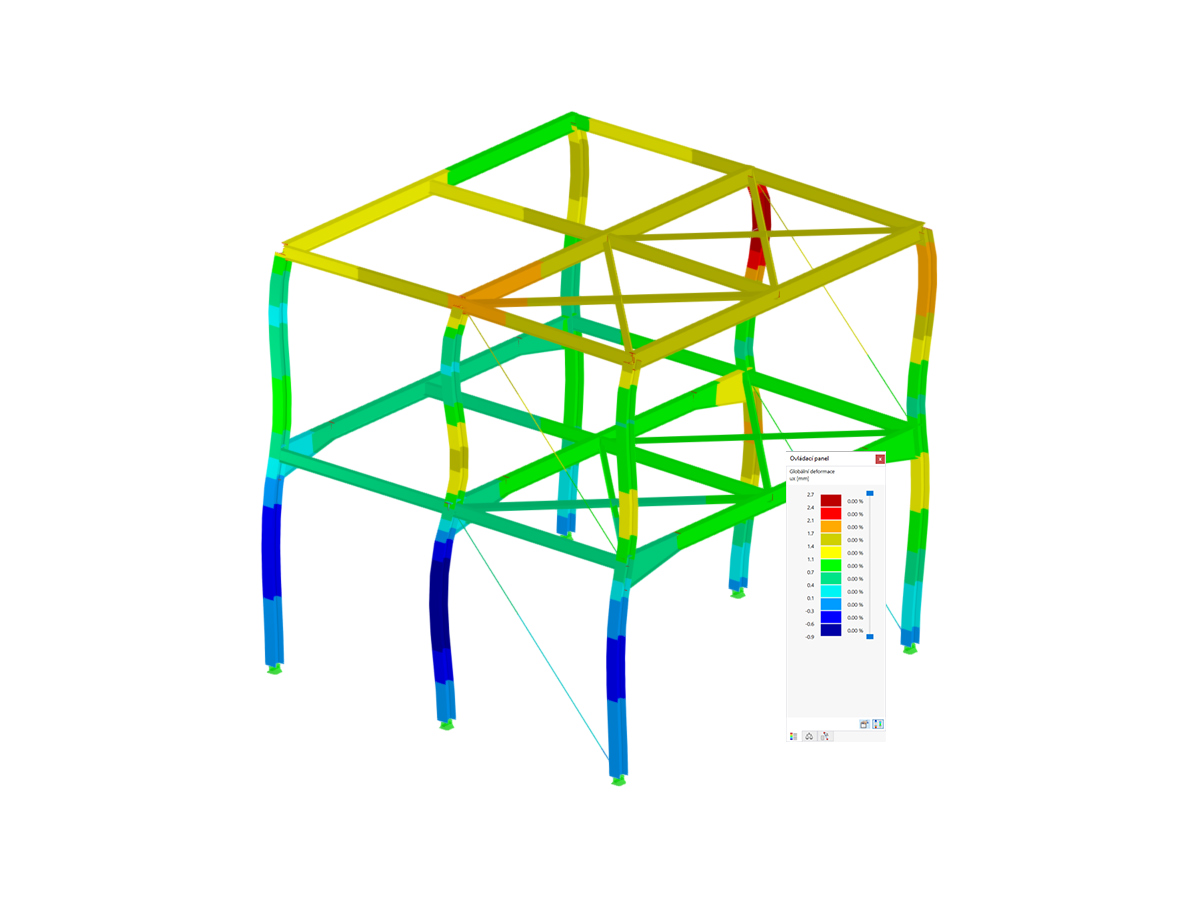
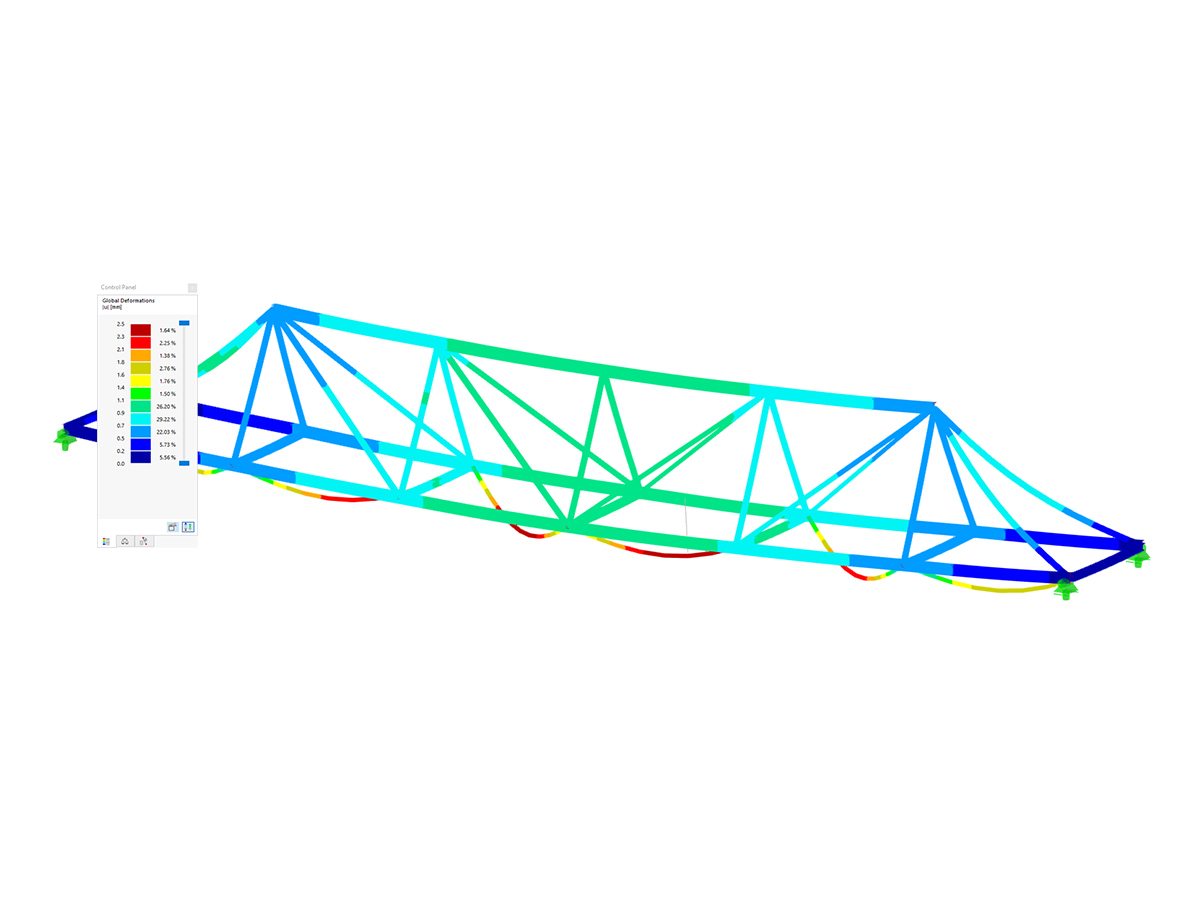
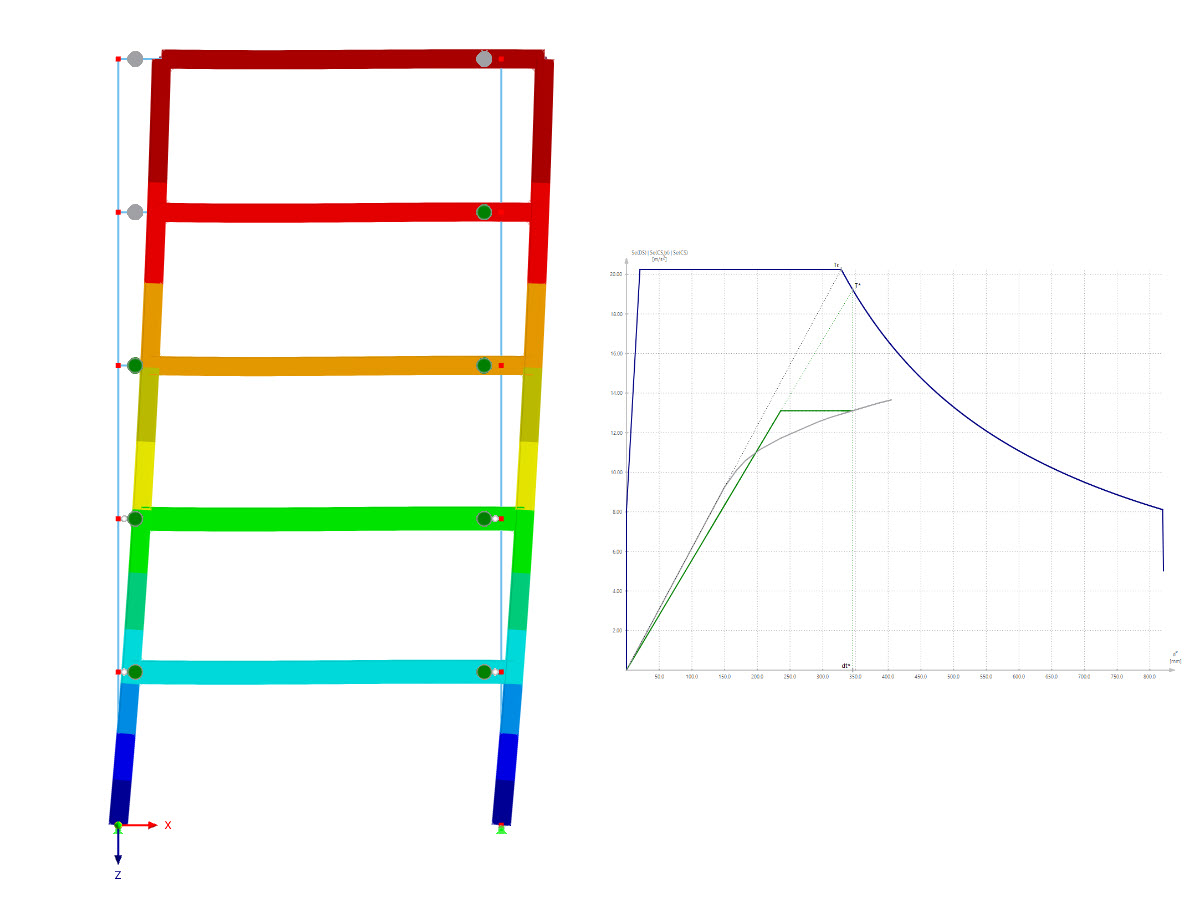

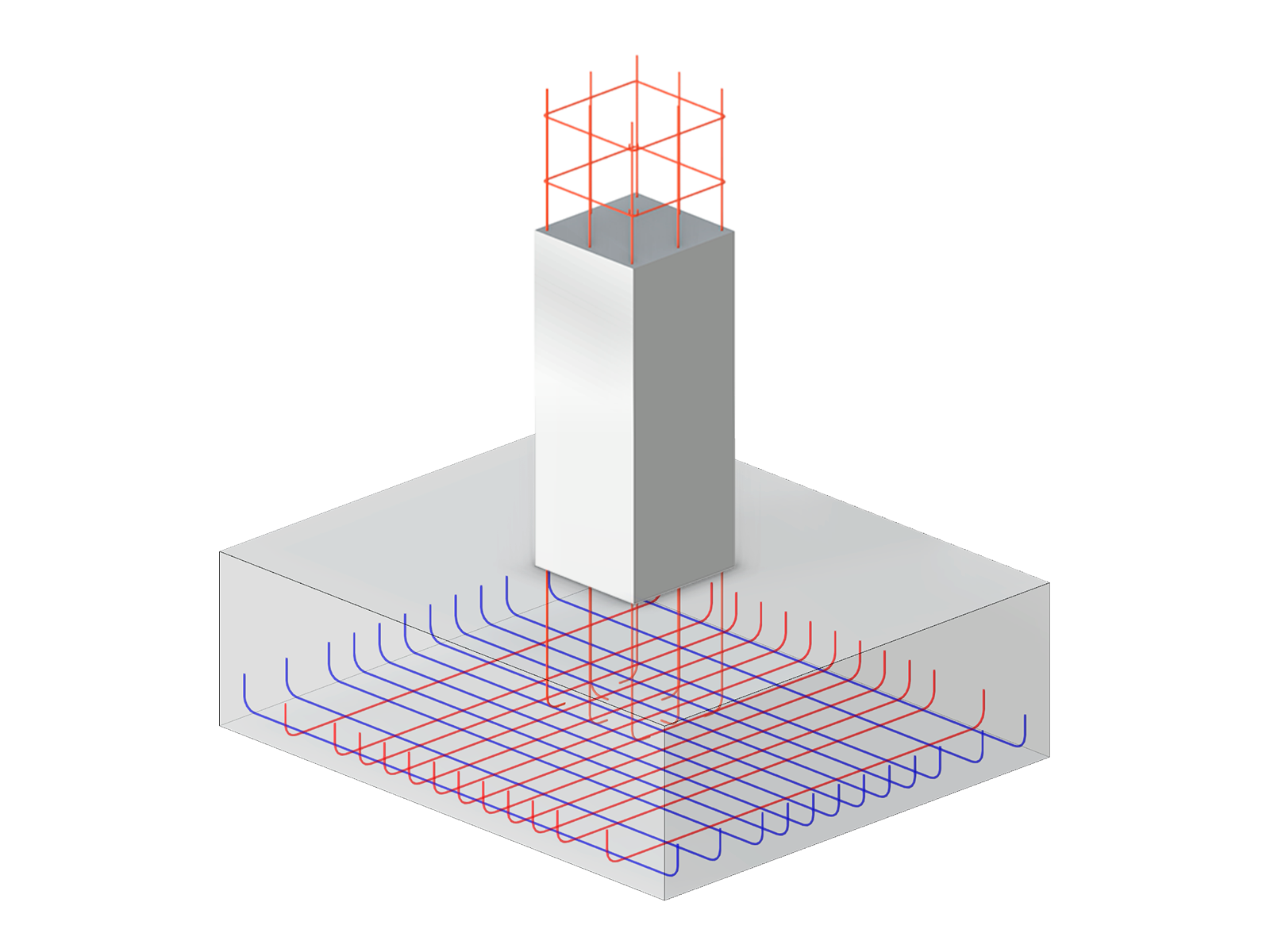
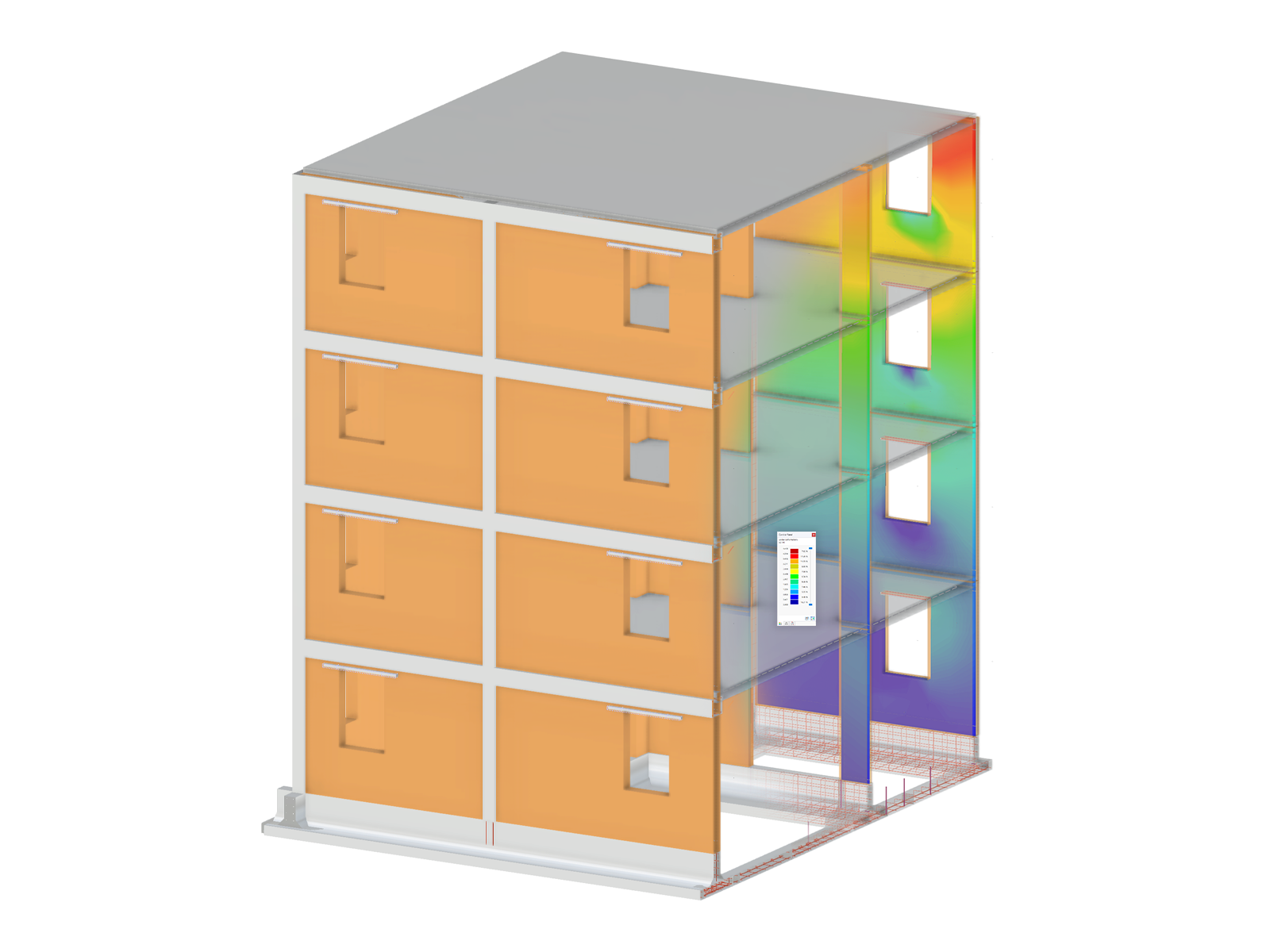

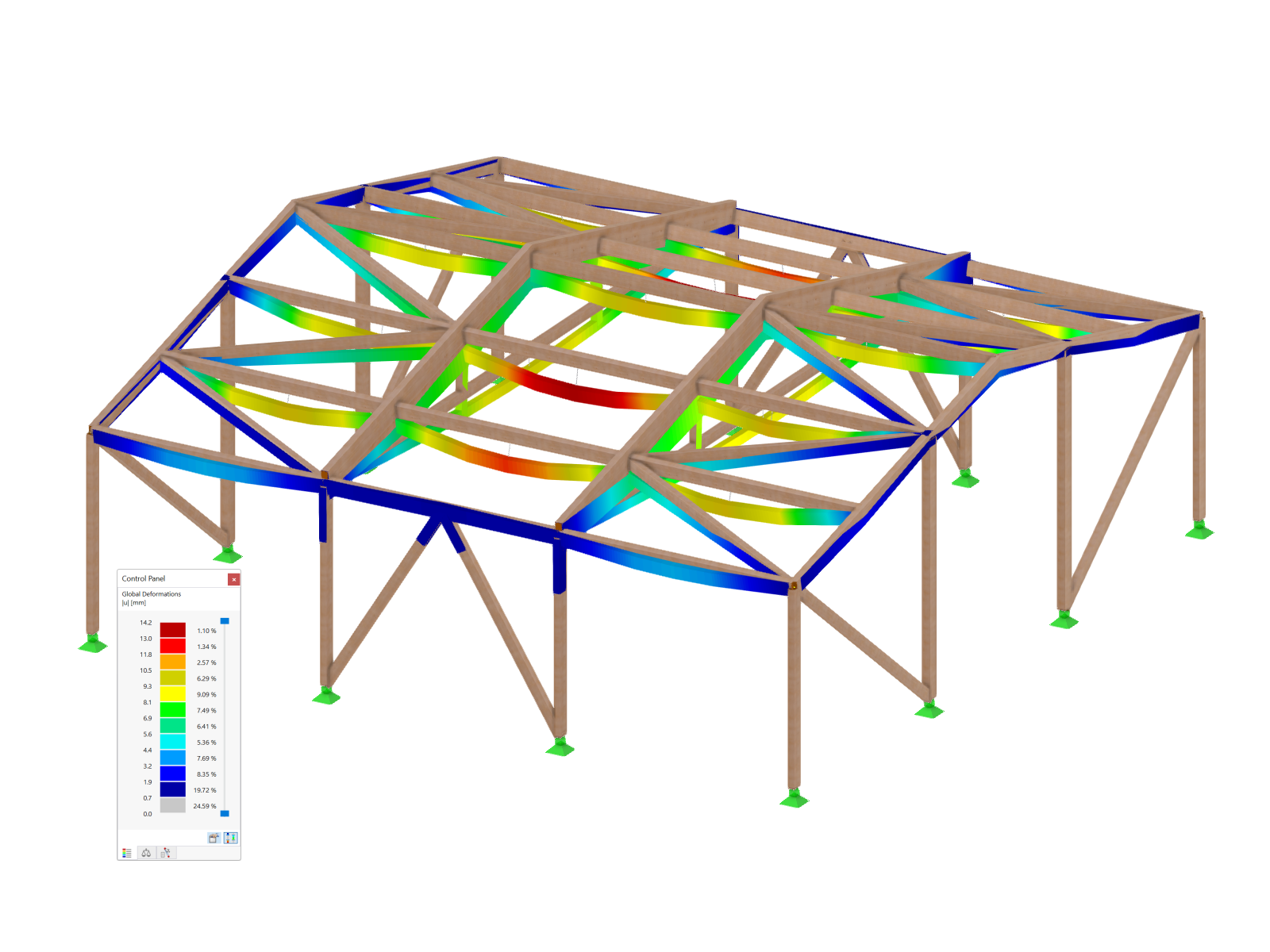
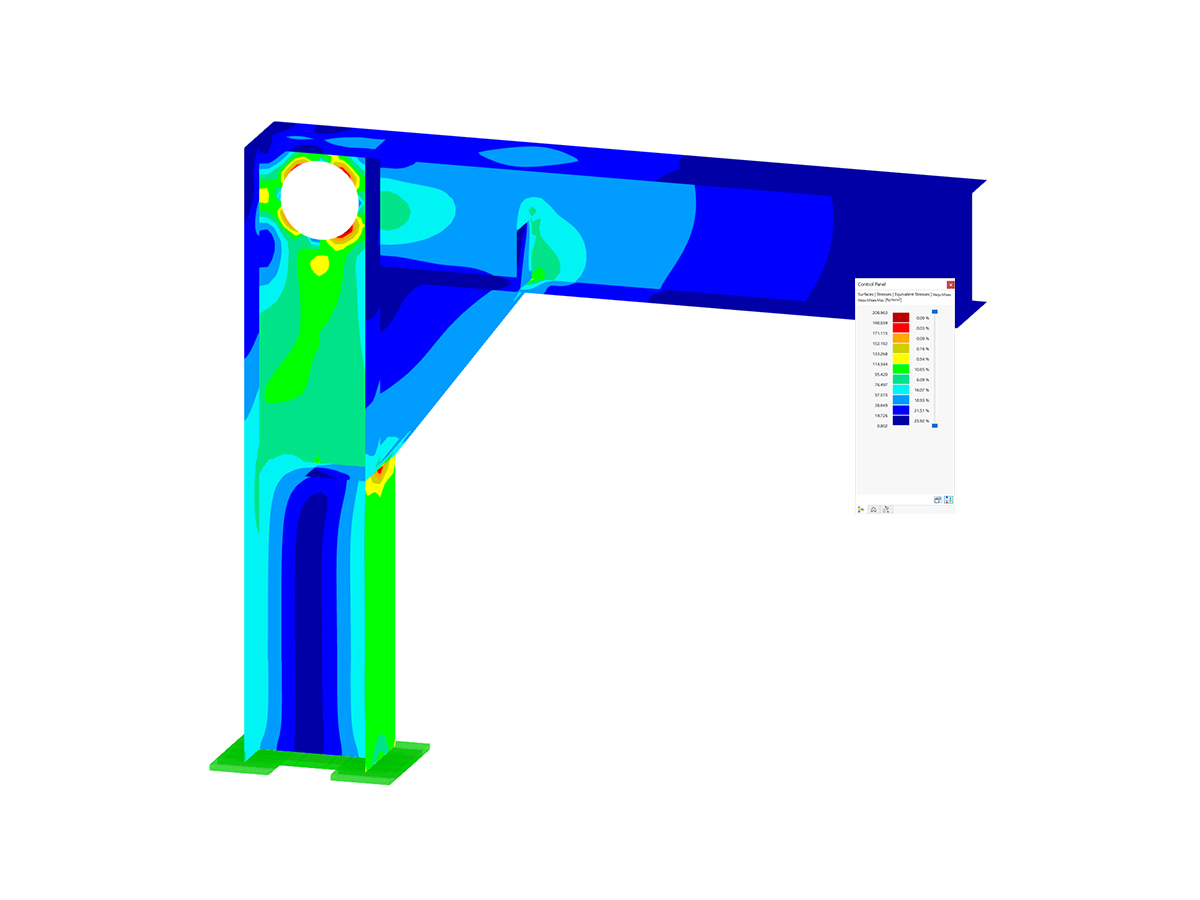
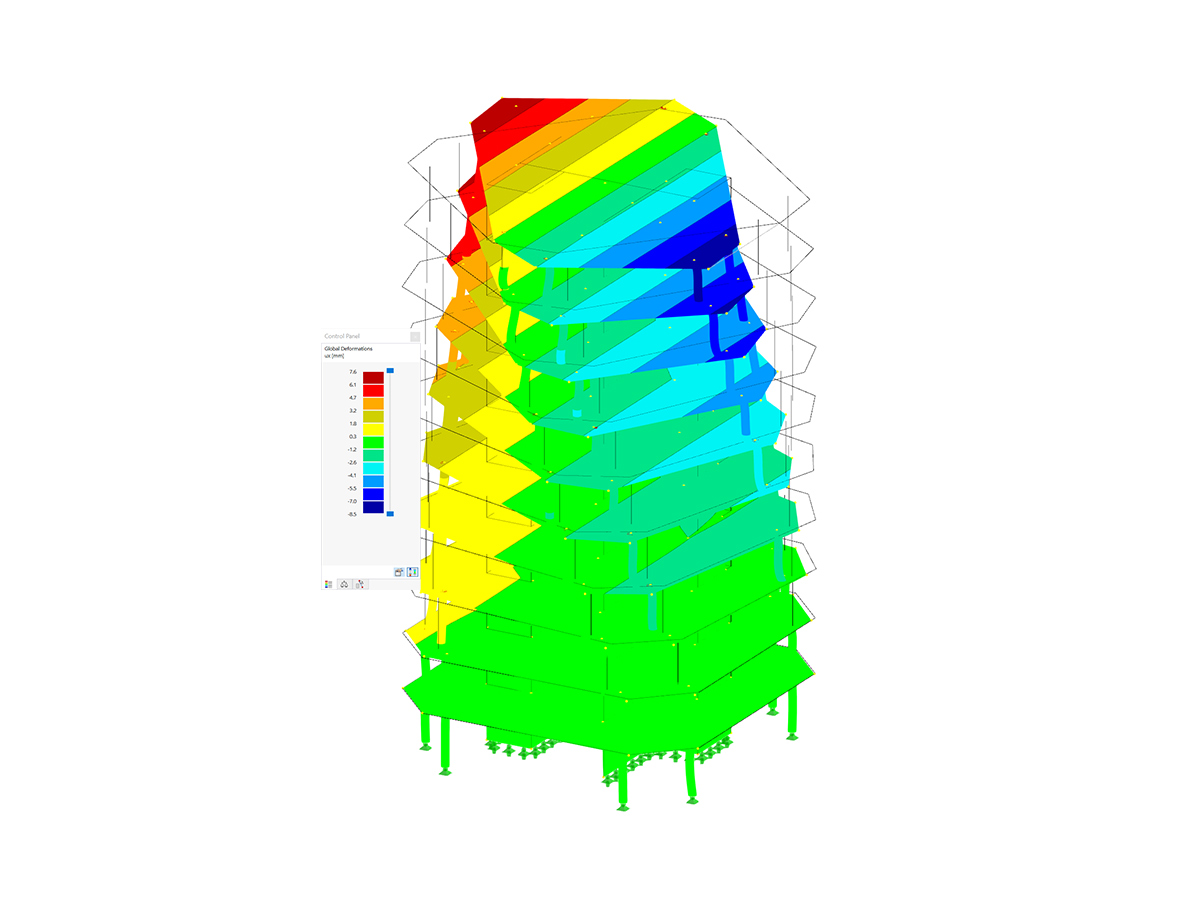

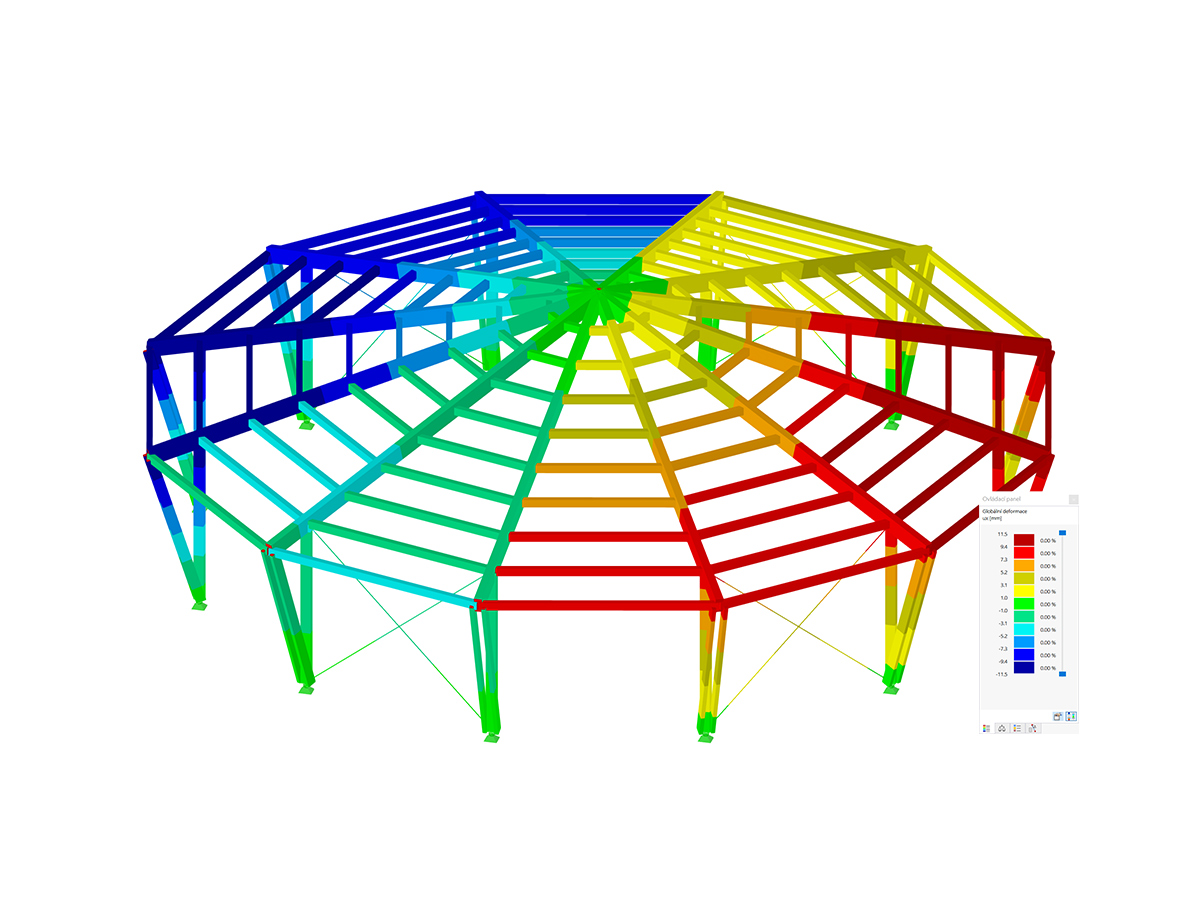
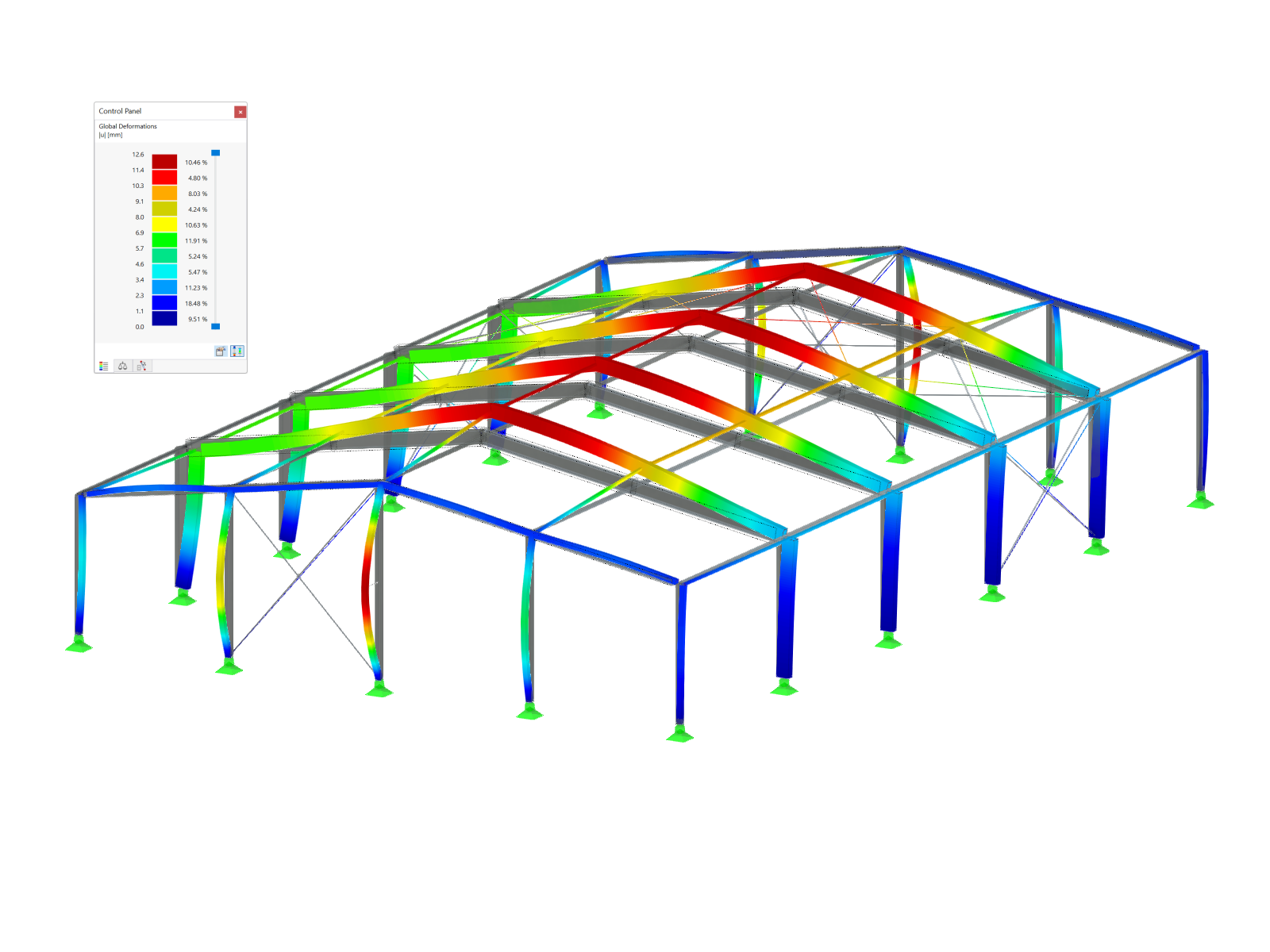
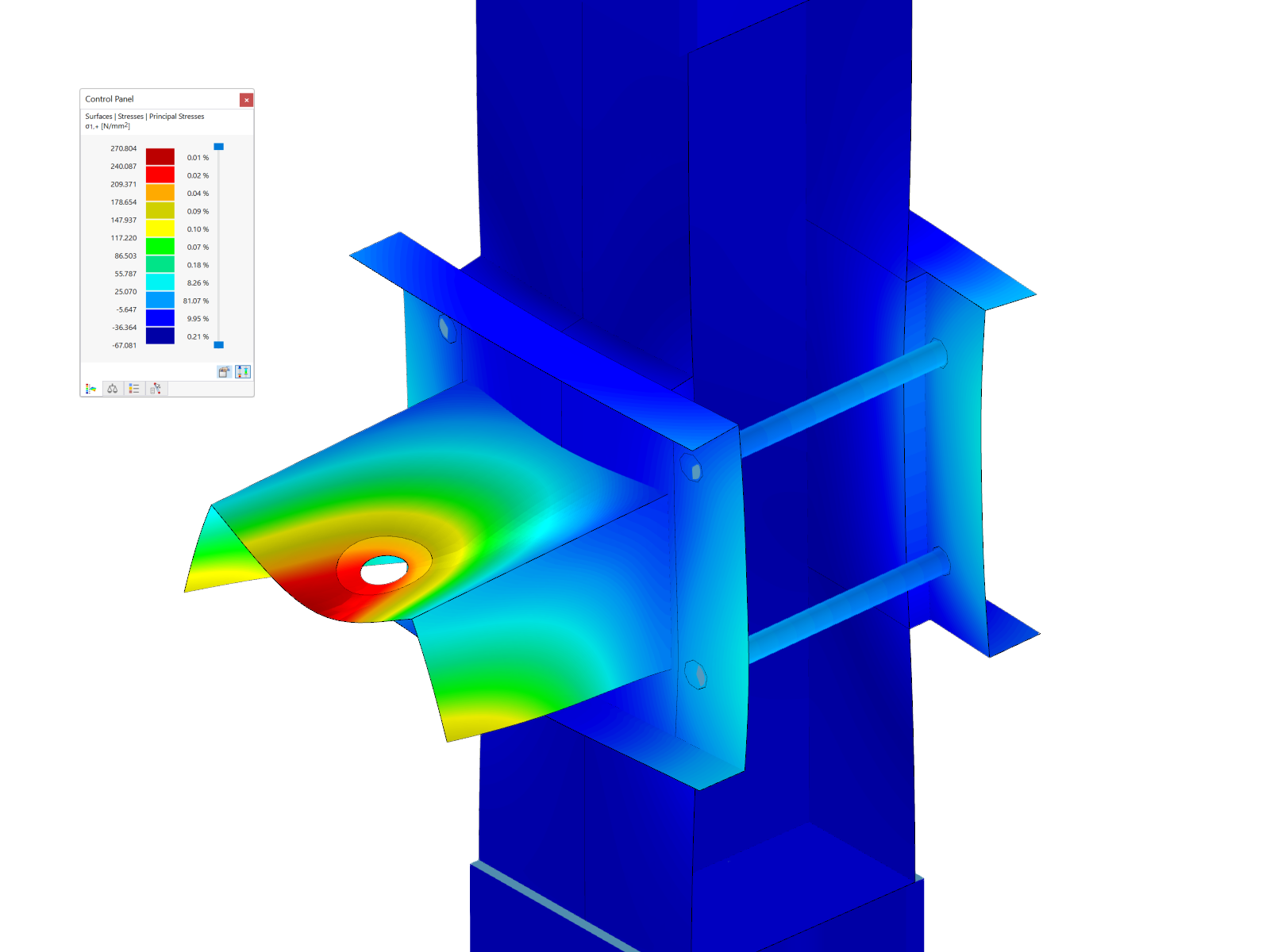
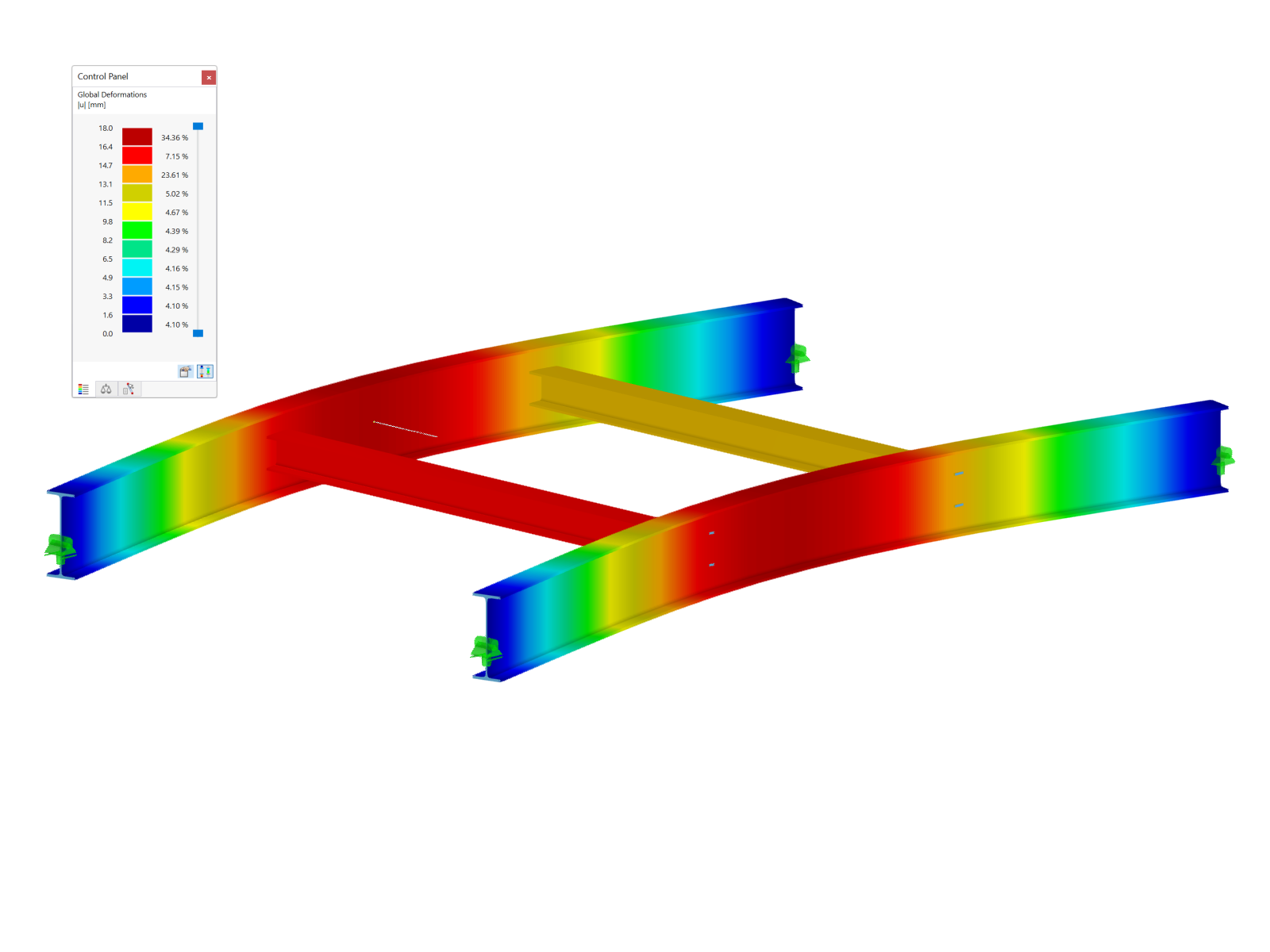
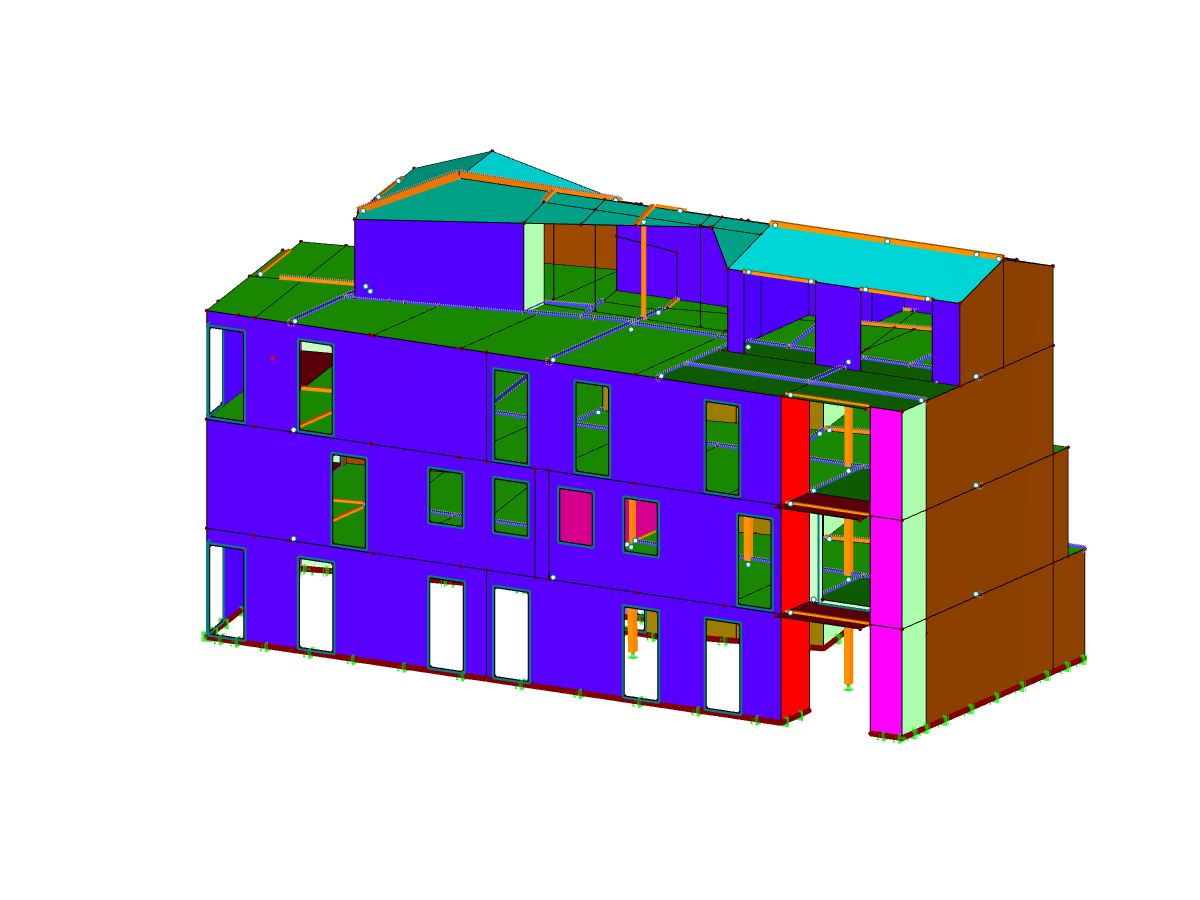
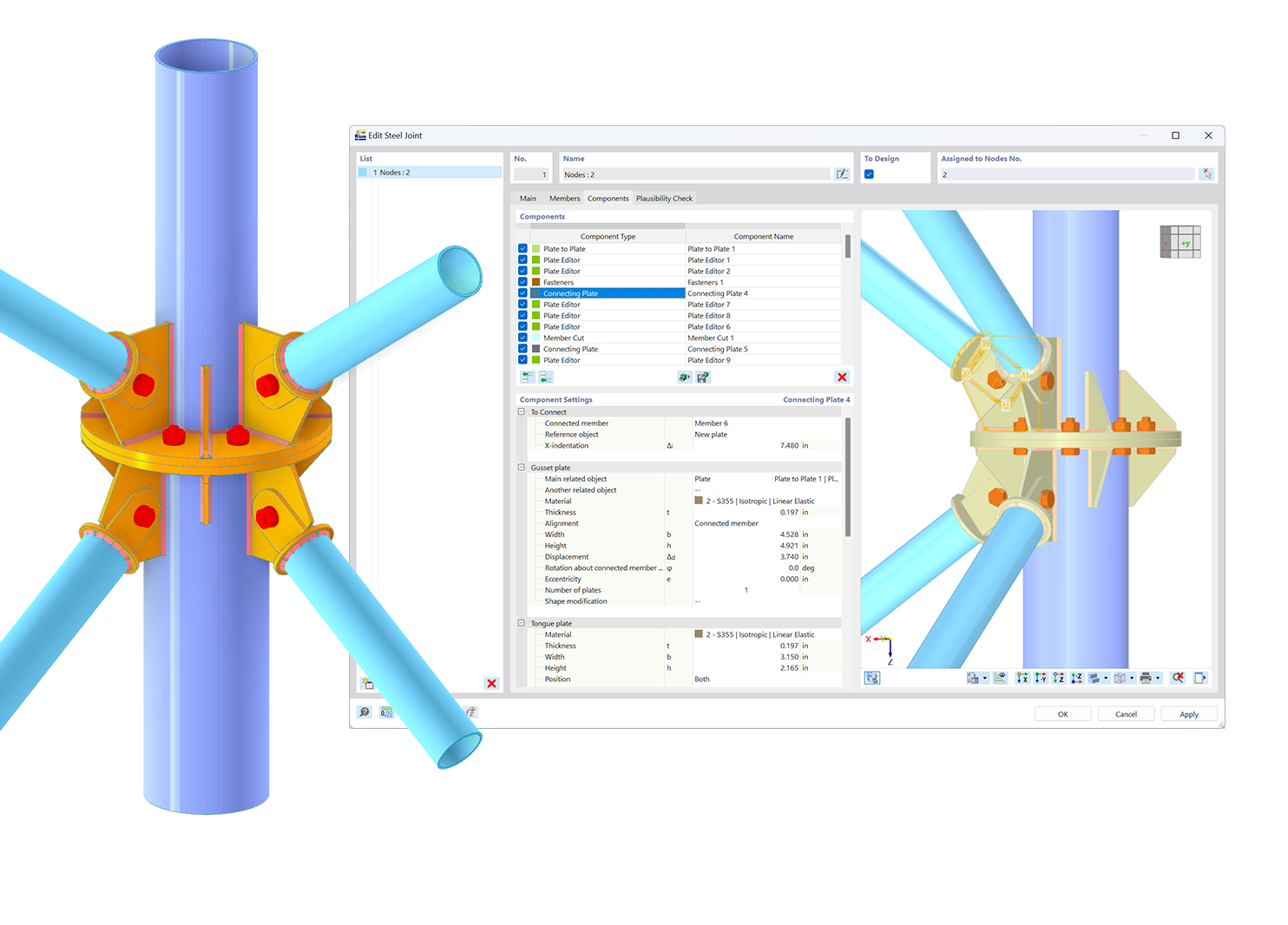.png?mw=600&hash=49b6a289915d28aa461360f7308b092631b1446e)